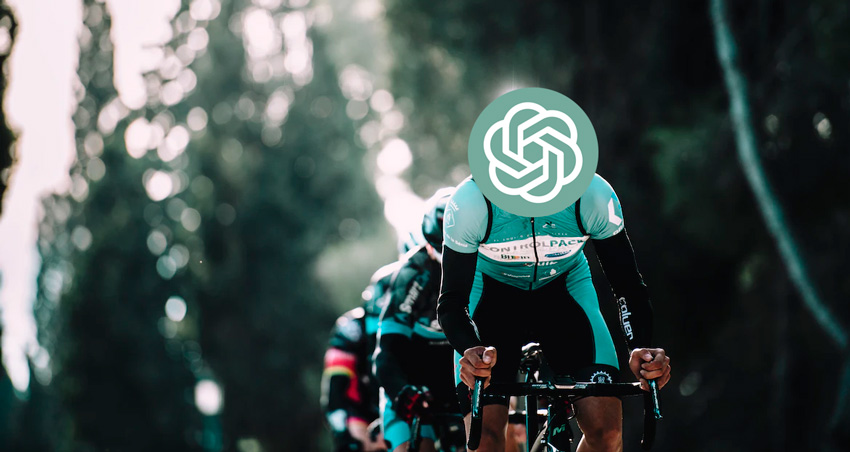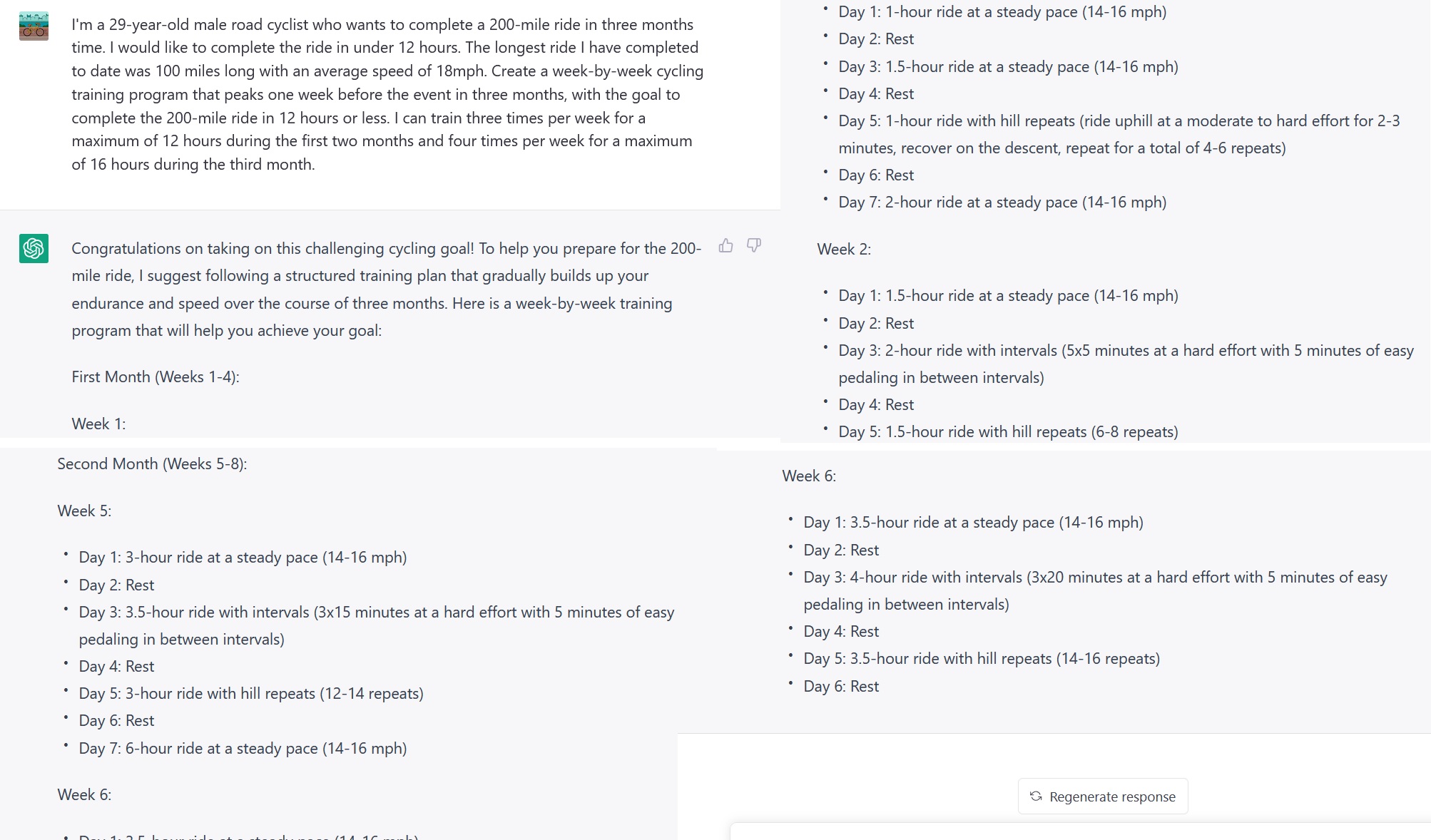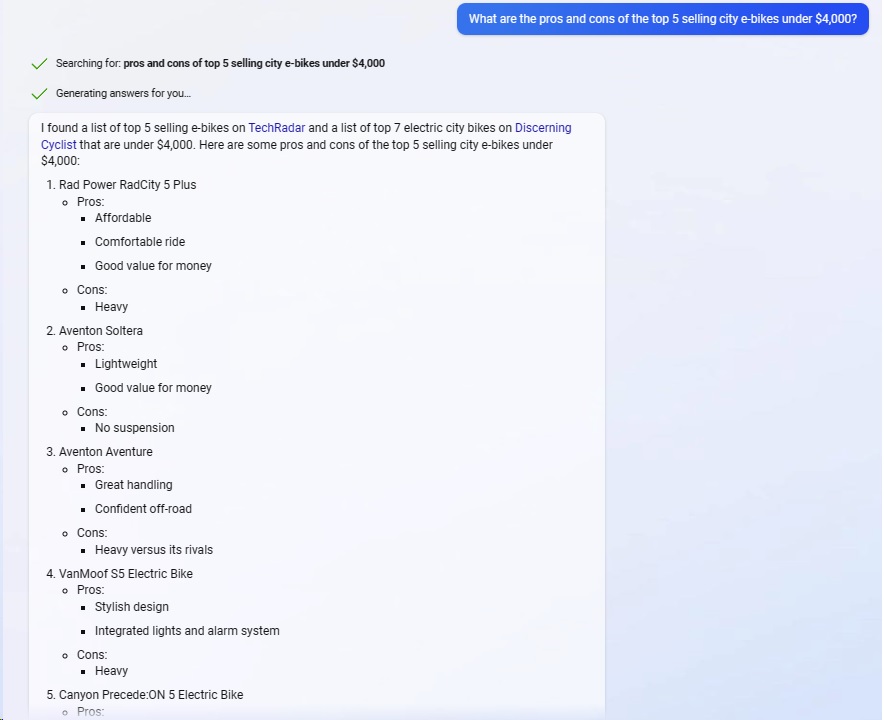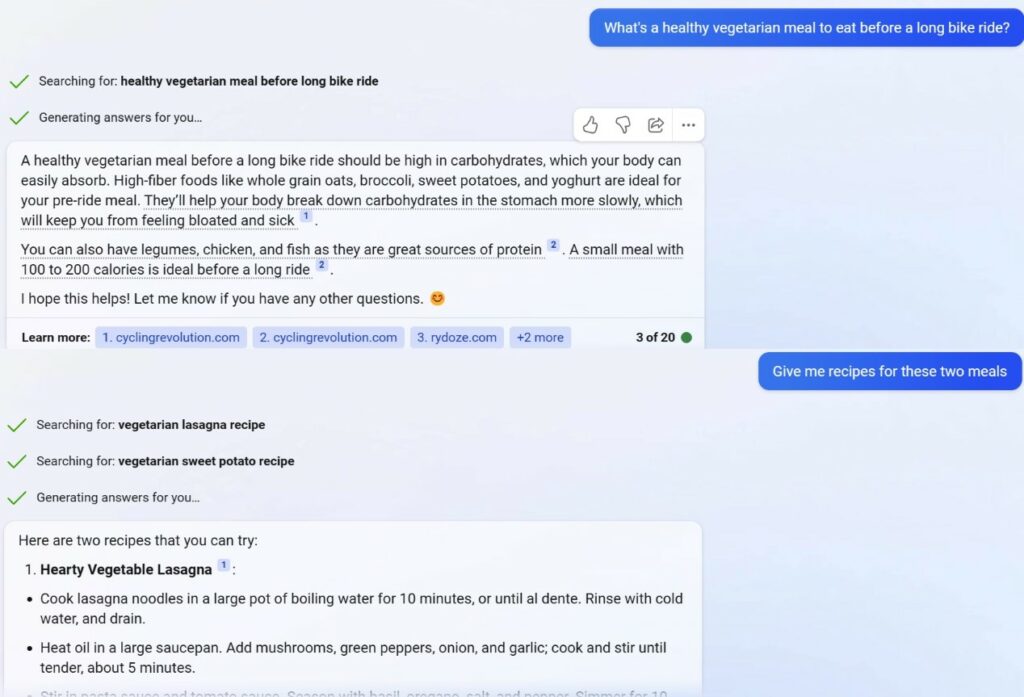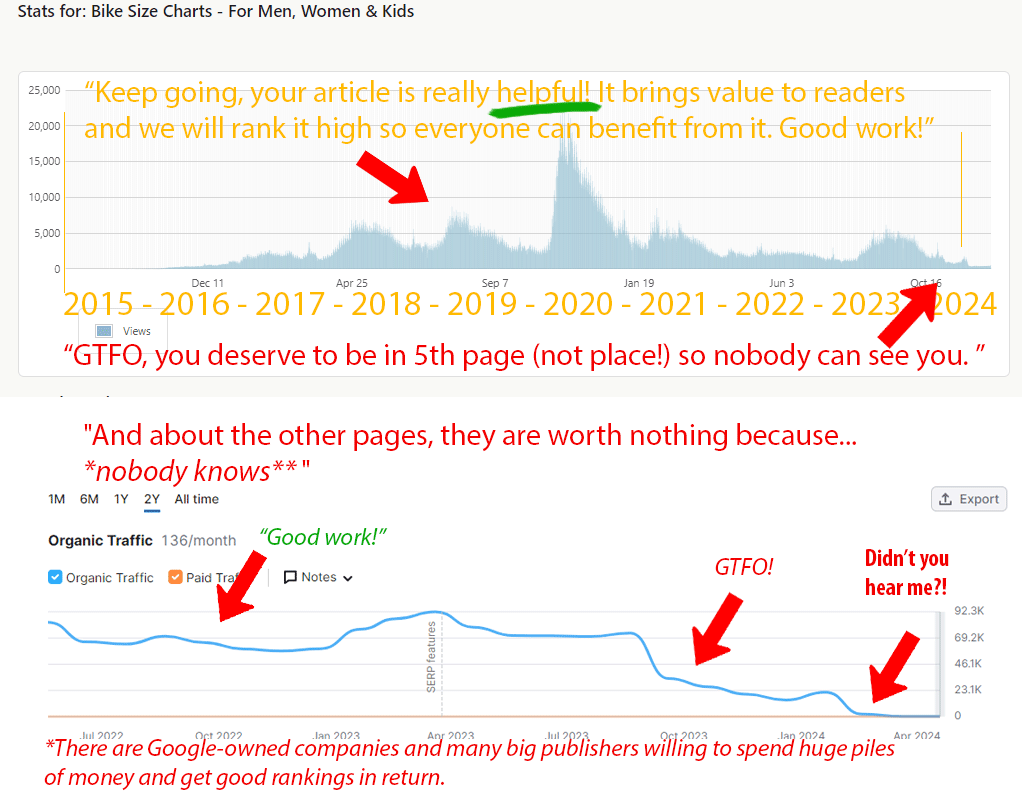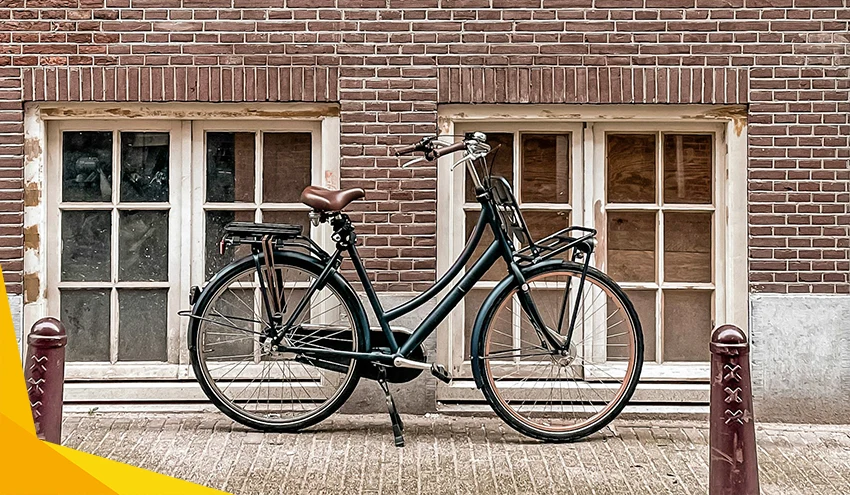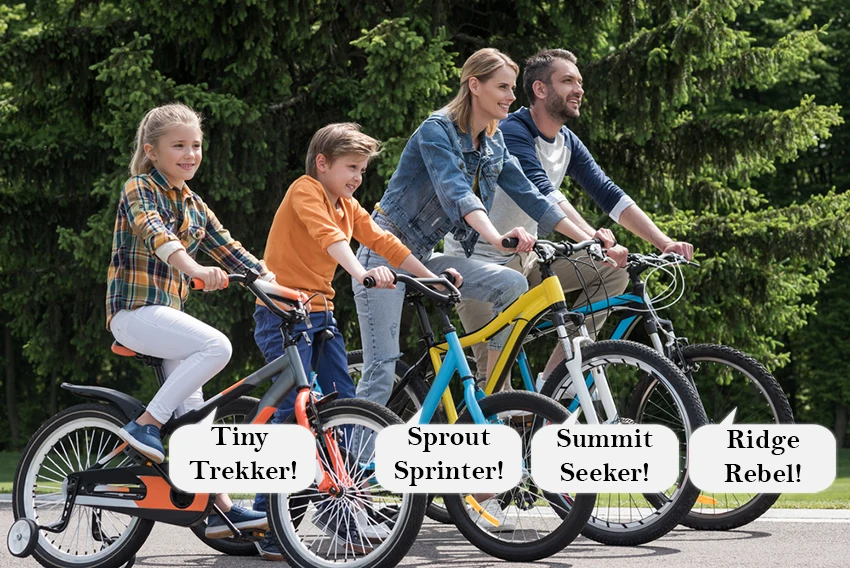If you’ve kept up with the news over the past weeks, you’ll undoubtedly have heard about OpenAI’s ChatGPT and some of the extraordinary things it’s being used for (or the controversies it has created).
It can answer questions about complex topics, summarize information, troubleshoot issues, and much more.
While the program has plenty of limitations at this early stage of its development, it’s still valuable if you know how to ask the right questions and understand its shortcomings.
We’ve decided to go down the AI rabbit hole, delve deeper into ChatGPT’s numerous functions, and see how helpful it can be for cyclists.
So here are nine applications of ChatGPT that we liked the most and, as cyclists, definitely plan to use again.
What Is ChatGPT and How Does It Work?
ChatGPT is a computer program, also known as a large language model. It functions like a chatbot, mimicking human conversation; you ask questions, and it answers. It can answer questions, create content, summarize vast swaths of information, and debug computer code.
This language model is a type of artificial intelligence (AI) trained using enormous amounts of text data and human feedback.
During human training, the AI is given feedback on tasks to improve future results and allow the program to learn and improve more quickly and effectively.
The way the model is programmed and trained means it can understand everyday language and accurately answer the questions you pose, much like a human would.
The system can also learn from previous interactions to improve future answers and make them more relevant. Check out the screenshot above for an example of how it works (the degrees are in celsius).
This ability to understand context and improve over time makes ChatGPT and large language models so revolutionary. For example, it’s already capable of answering university-level test questions better than the average student.
What Are the Practical Uses of ChatGPT?
ChatGPT has enormous potential for use in both commercial and private contexts.
For individuals, it can be a personal assistant, organize our calendar, set reminders, schedule appointments, or create itineraries for work or travel.
It can help cyclists research and compare different products, develop meal or training plans, or provide information or instructions on specific bike-related topics.
The examples above barely scratch the surface of what AI will do for us in the coming months and years.
How to Use ChatGPT: Formulating and Refining Prompts
Firstly, you must visit OpenAI’s website and set up an account. As of publication (April 2023), ChatGPT only has access to the information published online until September 2021.
However, you can also access the program on Microsoft’s Edge web browser Bing, called Bing AI Chatbot. This version has access to up-to-date information as it is able to browse the internet.
Once registered on OpenAI or Bing, you can begin asking ChatGPT questions, as seen in the example above. Again, it’s essential to be clear and concise, use everyday language, and avoid typos to ensure it understands and provides the best results possible.
As mentioned, the system continues learning, so you can get better answers with better questions and by following up with more specific queries. You’ll see some examples of follow-up questions in the sections below.
Chat GPT’s Limitations
ChatGPT is an impressive AI that is growing and learning at an incredible rate. OpenAI released the program so users could test it and help it learn. However, it’s still in its infancy and can fail or produce misleading or incorrect results.
For example, ChatGPT may produce technically correct responses that lack context or nuance or provide wrong information that it took from poor sources.
This issue is particularly concerning because incorrect answers are usually said definitively and with complete confidence, even when they are incorrect.
Unfortunately, this assuredness may lead to people accepting inaccurate information as true.For this reason, it’s essential to be critical of any responses, especially when dealing with complex or sensitive topics.
While ChatGPT undoubtedly has its strengths, it is currently not a substitute for human expertise and judgment.
9 Best Ways Cyclists Can Use ChatGPT
ChatGPT, in its current form, is already capable of helping us with tasks such as research, planning, and troubleshooting.
Using the version available through Microsoft Bing, you can plan routes based on weather, as seen above, or you can research and compare products for a purchase you plan to make.
Let’s look at nine ways cyclists can use it to make life easier and save time.
NB: Click on any screenshot below to make it larger.
1. ChatGPT Can Create Cycling Training Programs
Cyclists can use ChatGPT to create a cycling training plan to prepare for an upcoming event, such as a race or Gran Fondo.
I gave the program some hypothetical information outlining ability, available training hours and days, and how much time there is before race day.
Have a look at what ChatGPT returned.
As you can see from what ChatGPT provided, it’s not a foolproof system.
Currently, it struggles with simple math, which is why it only returned a six-week training program, it didn’t consider my limitation of 12 hours (it gave a 15.5-hour training week in Week 5), and it provided four training rides instead of three.
Nonetheless, the mix of ride types, targeting of training zones, recovery time, and progression of training load indicate that the program is pulling from well-researched data on creating a cycling training plan and could help in other ways.
To refine the results, you can point out the mistakes and it will generate a new response, taking into account the remarks you made.
To get more specific data to help you create your own plan, you can ask more probing questions, such as:
- I want to create a cycling training plan for an upcoming event. What steps should I follow, and what factors should I consider when developing the plan?
- What types of rides should I do, and how many hours should I dedicate to each type of ride if I can train ten hours per week?
- How should I progress my training load over a three-month training block?
2. ChatGPT Can Review and Compare Bikes and Cycling Gear
ChatGPT can provide basic summaries of bicycles, gear, or other cycling products. In addition, you can use the Microsoft Bing version to summarize information about specific products.
Look at the example below to see its response when asked about the top-selling city e-bikes under $4,000.
In this example, ChatGPT searched the internet and took information from two sources, Tech Radar and Discerning Cyclist.
We assume that it has taken a selection of bikes and pros and cons from each article and made a short summary based on that. However, it’s impossible to know why it selected the bikes and the points that it did.
With that in mind, we’d recommend using ChatGPT as a research tool while still relying on your favorite sites and trusted sources for product reviews.
The experts writing for these sites can bring together more information through experience and directed research to help you make the best decision.
3. Create a Cycling Nutrition Plan with ChatGPT
Cyclists can also leverage ChatGPT to help with nutrition plans or recipes if they’re unsure of what to eat on ride or race day.
For example, you can ask for meal recommendations, such as a pre-ride meal, with your specific dietary requirements and follow up by asking for recipes for the meal.
You’ll note that the program pulled information from one site which says, “100 to 200 calories is ideal before a long ride,” which isn’t correct. Thankfully, Bing’s ChatGPT allows you to click through to the resources it’s quoting from, so you can double-check the website’s trustworthiness and sources.
If any information doesn’t seem correct or is important, it’s worth double-checking.
On the right, you can see an example of how it will provide a weekly nutrition plan for a vegetarian with varied meals and snacks.
Follow up with prompts such as “Create a grocery list for this meal plan” or “Provide recipes for each meal on Monday” to get even more information.
4. Create a Bike Touring Travel Plan with Chat GPT
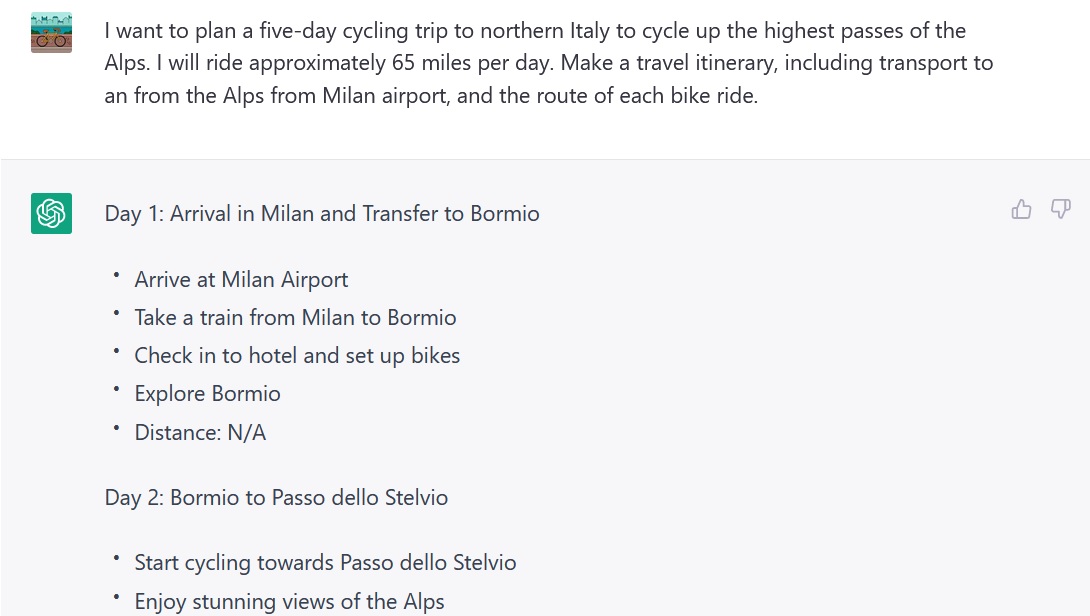 As mentioned, ChatGPT functions exceptionally well as a concierge, helping you plan trips and create itineraries for a vacation.
As mentioned, ChatGPT functions exceptionally well as a concierge, helping you plan trips and create itineraries for a vacation.
In the example to the right, you can see it provides details on which town to use as a base (Bormio) and how to get there, and it continues with four rides, the first of which is the famous Passo dello Stelvio.
By using the Bing version that’s connected to the internet, you could ask follow-up questions about hotels and restaurants to visit, the price of flights, and any other details you wanted, double-check any information provided to see that it’s accurate.
Keep in mind that sometimes its routes don’t make sense, especially when asked to provide you with directions to get from point A to point B.
However, it works relatively well for general tour planning as in the example above.
5. Get Instructions for Maintenance, Repairs, and Adjustments
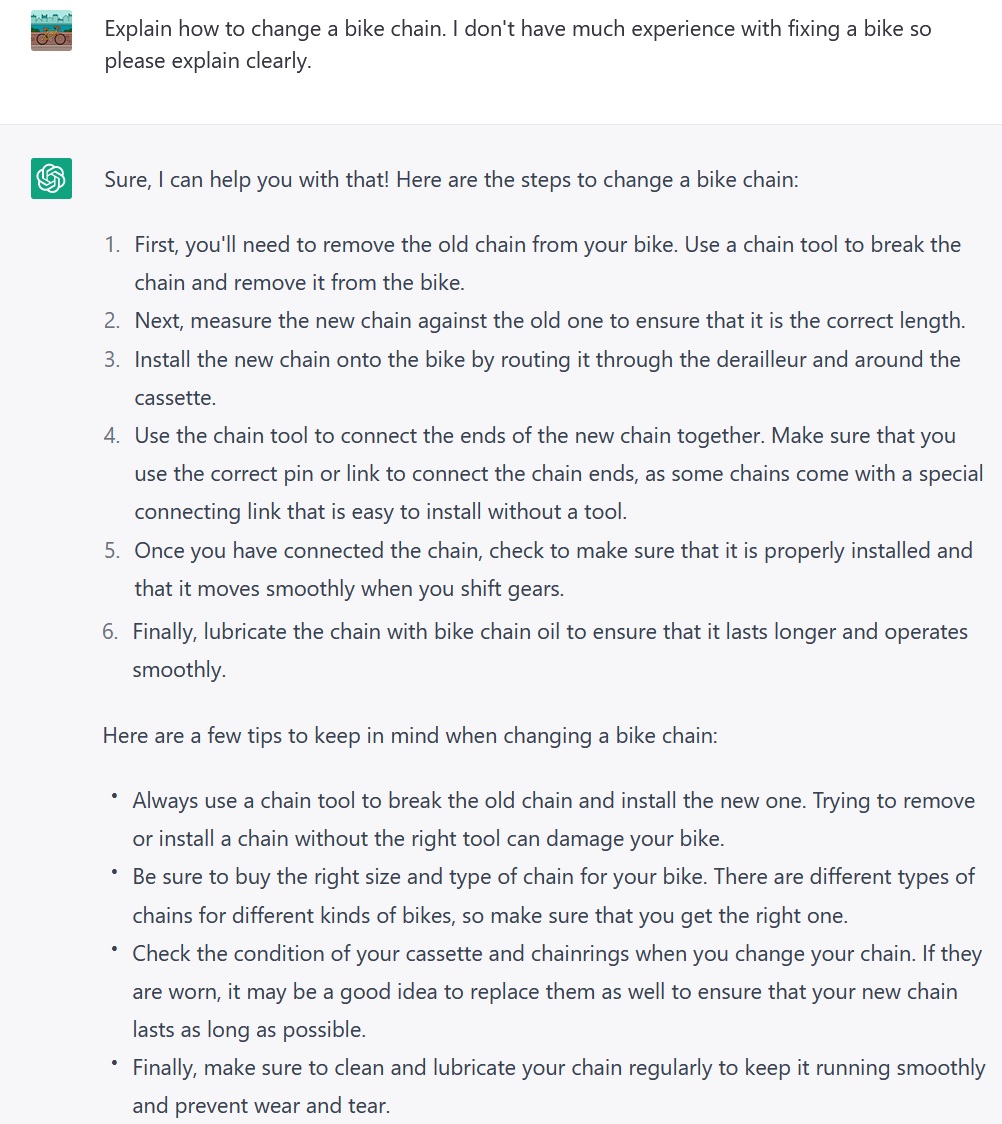 ChatGPT can also provide step-by-step instructions for adjustments, bike maintenance, and repair tasks, such as setting saddle height, cleaning and lubing the drivetrain or changing a chain (as seen in the example).
ChatGPT can also provide step-by-step instructions for adjustments, bike maintenance, and repair tasks, such as setting saddle height, cleaning and lubing the drivetrain or changing a chain (as seen in the example).
Some points are vague and not detailed enough, but you can ask follow-up questions to get more precise instructions on a specific step if needed.
ChatGPT adds some tips for carrying out the process in this example. However, some of these aren’t very developed. For instance, it mentions checking your cassette and chainring for wear but doesn’t specify what to look for (pointed “shark tooth” teeth on the cogs). Though you can follow up with a request to elaborate on any point, which it will do in a leap.
Again, while it’s not foolproof, it offers a good starting point and summary of the process.
6. Get Injury Recovery Advice
 Many people use the internet to diagnose injuries and illnesses by describing their symptoms and seeing what matches on sites like WebMD or different forums.
Many people use the internet to diagnose injuries and illnesses by describing their symptoms and seeing what matches on sites like WebMD or different forums.
While we don’t recommend doing this for anything serious, it can be valuable to try to resolve the issue with the advice found online if your symptoms are not serious.
For example, many riders experience knee pain when they begin cycling. A common reason for this is training too much before your muscles and connective tissues have had time to adapt. Likewise, a new bike or shoes that aren’t fit correctly can lead to knee pain.
If the pain isn’t severe, you could use ChatGPT to identify the possible causes by inputting the specific details of your symptoms and the context.
In this example, ChatGPT gave good recommendations with the caveat that if symptoms worsen, you should seek professional help.
Again, ChatGPT can’t replace the care of a medical professional, so always consult with your healthcare provider in the event of injury.
7. Connect with Other Cyclists in Your Area
 ChatGPT can recommend local cycling clubs, group rides, or online forums to connect with other cyclists and build a community.
ChatGPT can recommend local cycling clubs, group rides, or online forums to connect with other cyclists and build a community.
For example, if you move to a new city or country, you can skip the tedious research and get ChatGPT (Bing version) to recommend local cycling clubs.
This version will provide clickable links, such as the club website or Google Maps, to show where the information comes from.
In addition, you can get recommendations for cycling-related forums where you can engage with other riders and share stories and experiences.
It’s unlikely that ChatGPT will find all clubs and groups as there must be details about the club online, so we’d recommend also asking locals to find out more information.
8. Get Cycling Safety Tips
One final way to use ChatGPT, although we’re sure there are many more we haven’t thought of, is to provide cycling safety and security tips.
This functionality is valuable if you’re new to cycling, commuting, riding an e-bike, or trying a new discipline for the first time.
ChatGPT can pull from the internet and create a concise list of tips for any question you ask.
For example, we’ve asked for general security and safety tips in the screenshot below. However, if you’re new to mountain biking, you could ask for specific recommendations on how to stay safe on the trails.
Remember that these lists are not exhaustive, and it’s still essential to use common sense and maybe do your own research by searching online or asking an experienced biker.
9. Find Hill-arious Bike Jokes
Cycling is a great way to brighten your day, but what should you do on a rainy day? You can use ChatGPT to find some hill-arious bike jokes.
All you need to do is to write a prompt that you’d like to hear a funny bike-related joke and ChatGPT will deliver.
With new web-browsing capabilities, you can also ask it to browse the internet to find jokes and specify what types of jokes you’d like to see—question and answer, puns, short, medium, or long ones.
In addition to that, you can also use ChatGPT to get ideas for cool bike names, if you have trouble coming up with your own!
In Conclusion
We believe ChatGPT is a powerful tool that can assist cyclists in various ways.
With its vast knowledge base and language capabilities, it can provide you with useful information on routes, weather conditions, and equipment. Moreover, it can offer you guidance on bike maintenance and repair, as well as help you connect with other riders and communities.
Overall, ChatGPT has the potential to enhance the cycling experience and make it safer, more enjoyable, and more accessible for people of all levels and backgrounds.
Just keep in mind that the technology is still in its infancy, so it’s advisable to double-check any information you get.
However, what’s exciting to realize is that this is the worst it will ever be, as impressive as it currently is.

